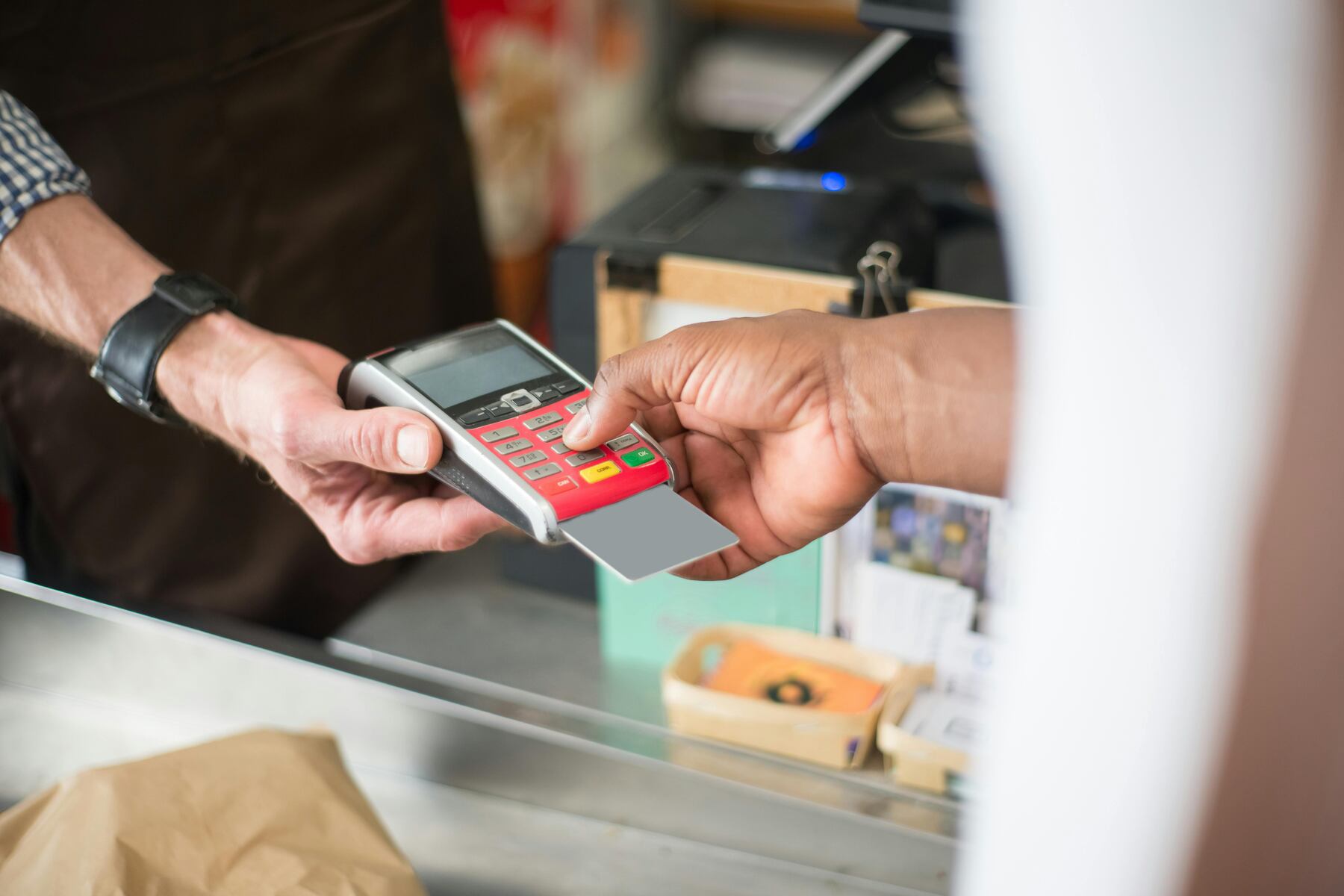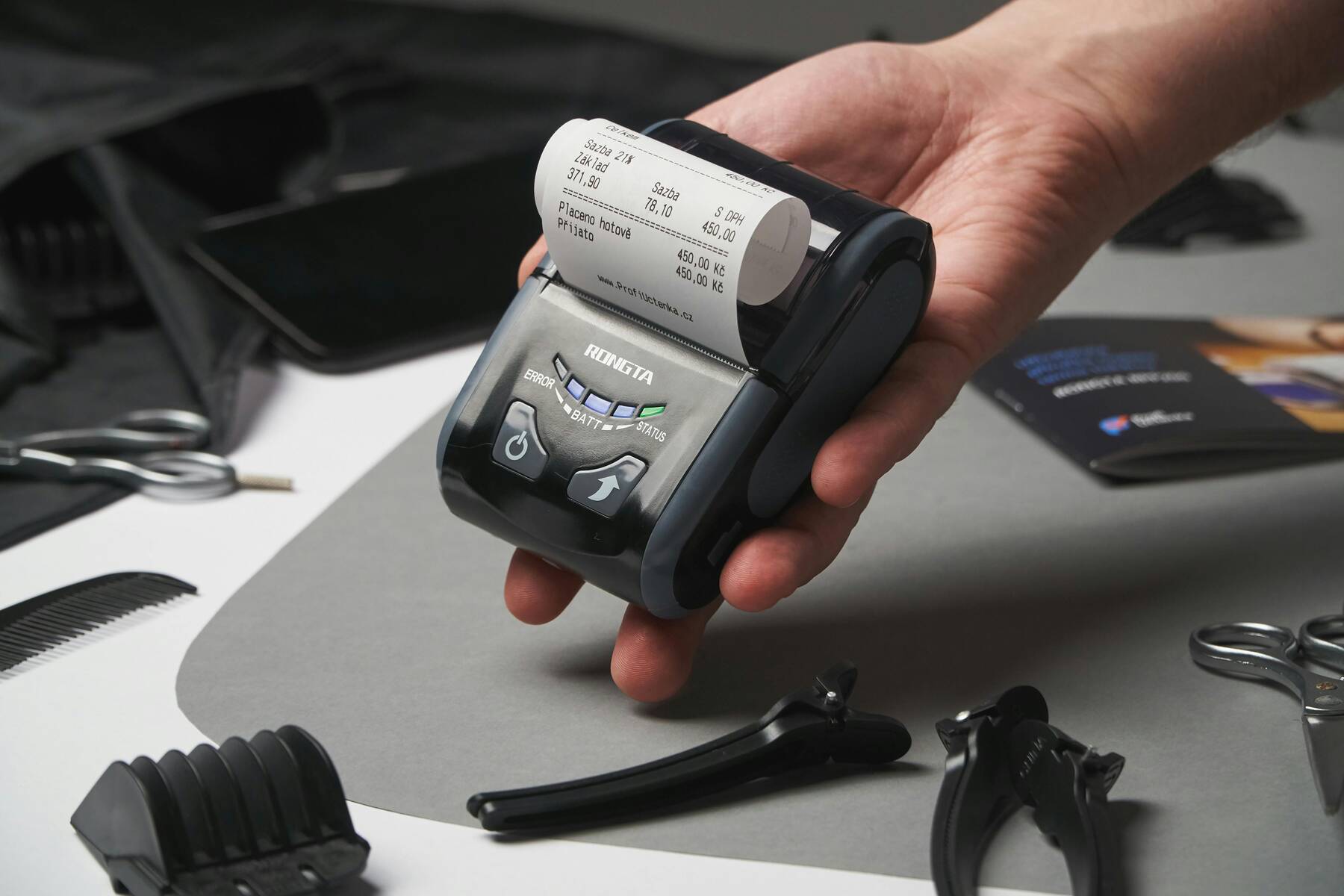Are you curious about the exchange rate for Capital One credit cards? As a credit card expert, I’ve explored how Capital One calculates foreign transaction rates. You’ll gain insights into how your overseas purchases are priced, ensuring you’re informed about the financial implications of using your card abroad.
What Exchange Rate Does Capital One Credit Cards Use?
When using Capital One credit cards abroad or with international online merchants, you benefit from the Visa or Mastercard exchange rate without extra currency conversion fees. This is great since such fees usually add about 1% to transactions.

Plus, there are no foreign transaction fees with Capital One, making it an economical option for international purchases.
What is a Foreign Transaction Fee?
A foreign transaction fee is that little extra you pay when using your card outside the U.S. It’s an additional charge, usually between 1% to 3%, on top of your purchase amount when you buy something in another country or from an online merchant overseas. This fee covers the cost of converting your dollars into the local currency.
While this might seem small, it can add up, especially on bigger purchases or a series of small ones during travel.
The good news for Capital One cardholders? Their U.S.-issued credit and debit cards don’t slap you with these fees, which can make a noticeable difference in your travel budget.
Cost of Using Your Credit Card Abroad
Imagine you’re traveling, and you use your credit card for everything, from a cup of coffee to booking tours. Each transaction might carry a foreign fee, typically 1% to 3%. So, if you’re not paying attention, for every $100 you spend, you could be paying an extra $3 just in fees.
That might not sound like much at first, yet it can balloon over the course of your trip. With cards that charge these fees, factoring them into your budget is important.
However, if you’re using a card like those offered by Capital One, you won’t have to worry about these extra charges, making it easier to manage your spending abroad.
What Are the Differences Between Currency Conversion Fees and Foreign Transaction Fees?
Understanding the nuances between currency conversion fees and foreign transaction fees is essential for any globetrotter using their credit card overseas. Here’s the lowdown:
- Currency Conversion Fees: Levied by payment networks like Visa or Mastercard, these fees are applied to convert purchases made in foreign currencies into dollars.
- Foreign Transaction Fees: Charged by your card issuer, these fees are for transactions made outside your home country.
Notably, Capital One credit card holders enjoy the perk of not being subjected to either fee. Moreover, while dynamic currency conversion (DCC)—the service merchants offer to convert transactions to dollars at the point of sale—is available, it’s optional and may introduce additional costs.
Being well-informed about your card’s fee policies can save you from unexpected expenses on your statement.

Tips for Using Your Capital One Credit Card Internationally
Traveling can be a breeze with your Capital One credit card if you follow a few savvy tips. Here’s how you can make your international experiences smoother and more enjoyable.
Update Your Contact Details
Before you jet off, take a moment to ensure your phone number and email are updated in Capital One’s system. This way, they can quickly get in touch if they spot anything odd, like a sudden spree in Japan, or when you’re chilling in Paris. It’s a small step, like double-checking your passport, yet just as critical for a hassle-free trip.
Say No to Foreign Transaction Fees
Choosing a card like Capital One, which doesn’t pile on fees for purchases made in another currency, is like finding a secret shortcut in a crowded market.
For example, if you indulge in gelato in Rome or snag souvenirs from your Mexico vacation, you won’t face the extra 1-3% charge that many cards impose. Over a two-week vacation, this could easily save you enough for a nice dinner out!
Decline Dynamic Currency Conversion
When abroad, you’ll often be offered the option to pay in your home currency at checkout. Politely decline this service to avoid additional fees on top of your purchase.
Embrace Secure Payment Methods
In many parts of the earth, tapping your card on a reader or inserting a chip is not just about convenience—it’s about security. Each contactless payment generates a unique code, making it incredibly difficult for fraudsters to copy your card details.
So, whether you’re hopping on the metro in London or settling a cafe bill in Prague, these methods streamline your payments and protect your account with a digital shield.
Know Your Card’s Travel Benefits
When exploring the country, knowing the travel benefits your Capital One card offers, like lost luggage reimbursement or emergency card services, can be incredibly reassuring. With the travel credit card market booming—from $16.4 billion in 2022 to an expected $48.5 billion by 2032—it’s clear travelers are valuing these perks more than ever.

Related Questions
What Exchange Rate Is Used for Credit Cards?
When you use a credit card for purchases abroad, the exchange rate is typically set by the credit card network (like Visa, Mastercard, or American Express) and is based on the interbank rate from the previous business day. This rate usually includes a markup of 2-4%, which can affect the general cost of your international transactions.
Does Capital One Have Good Exchange Rates?
Capital One stands out in this scenario because its credit cards do not carry foreign purchase fees. Typically, credit card users face an additional cost of around 1.56% due to these fees on international purchases. By not imposing these fees, Capital One effectively offers more favorable exchange rates, making it a cost-efficient choice for transactions at international merchants.
How Much Does Capital One Charge for International Withdrawal?
For international ATM withdrawals using Capital One’s non-360 products, such as Total Control Checking or Essential Checking, there’s a charge of $2 plus a 3% fee on the transaction amount. This fee structure is important to consider if you plan to access cash during your travels outside of the United States, Puerto Rico, and the U.S. Virgin Islands.
Conclusion
Capital One credit cards shine for travelers, ditching foreign transaction fees and offering solid exchange rates, making them a cost-effective choice for abroad purchases. Their suite of travel benefits and security features further cements their status as a top pick for international travel. It’s a smart way to save and travel with peace of mind.